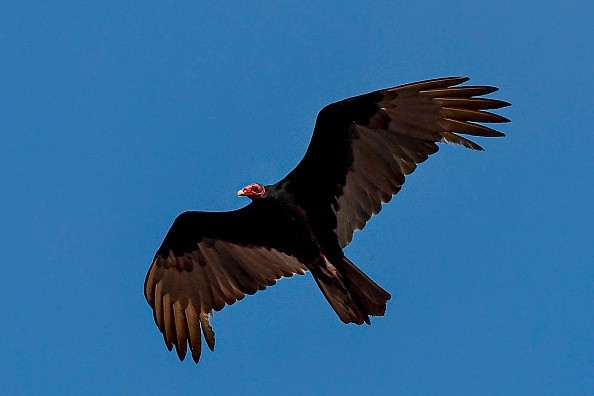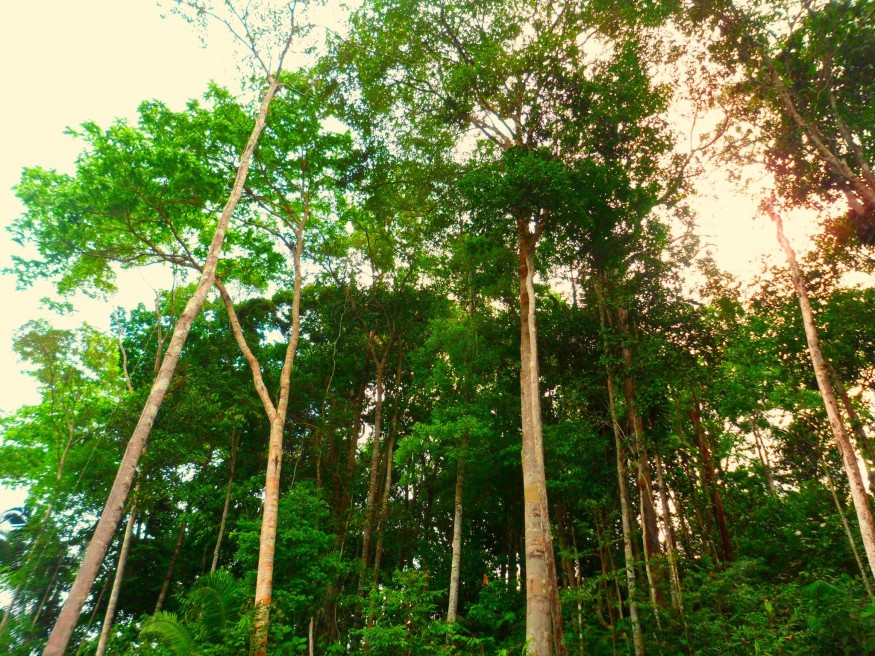Climate change and habitat degradation are likely contributors to the significant fall of bird populations in a Central American tropical jungle.

From 1977 to 2020, scientists from the University of Illinois studied bird populations in a protected forest reserve in central Panama to see whether and how they had evolved.
There are few long-term studies on tropical bird population patterns, and the paper sheds light on how species deal with habitat loss and climate change.
Studies Showing the Decline
According to new research published in the Proceedings of the National Academy of Sciences, most of the species studied had decreased in number, with many of them down dramatically.
The scientists used mist nets at several research sites twice a year for four decades, identifying and banding thousands of birds.
Following that, the authors used population models to predict changes in the abundance of 57 species.
According to the scientists, 35 of the 40 decreasing species studied had lost more than half of their original abundance.
Only two species saw a rise in population.
The decreases were widespread across bird groups and were unaffected by ecological factors such as body mass, foraging style, or the species' starting abundance.
Establishing decreases and finding the underlying environmental factors, according to the authors, should be a conservation priority.
Changes in Weather Patterns

According to experts, changes in rainfall patterns, rising temperatures, and deforestation are all creating stress on bird populations.
"Deforestation in the humid tropics increased by 62% between 1990 and 2010, resulting in a net loss of nearly 8 million hectares (20 million acres) over that time period, and losses have continued to mount in subsequent years," they stated.
"Rising temperatures are driving upslope range shifts of lowland tropical species across [taxonomic groups], and both theoretical and empirical data suggests that tropical biotas are more significantly affected than temperate biotas."
Another element in the drop might be the climate emergency's indirect influence.
Droughts and erratic rainfall can disrupt the seasonal availability of fruit and nectar because the insects the birds eat are susceptible to changes in temperature and rainfall.
According to some experts, parasites that weaken birds may gain from climate change.
The loss of a variety of species, including the red-capped manakin, the most numerous fruit-eating bird studied and an essential seed disperser, was described as "alarming" by the scientists.
Needs More Extensive Studies
According to the researchers, tropical forests are typically regarded as "reservoirs of biodiversity," but this study revealed that species populations are declining at alarming rates.
They concluded that additional research is needed, saying that the next logical step to understand and perhaps avoid more population reduction is to identify the underlying ecological processes.
Related Article : Urban Expansion May Spell Extinction to More than 850 Species
For similar news, don't forget to follow Nature World News!
© 2025 NatureWorldNews.com All rights reserved. Do not reproduce without permission.





